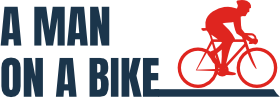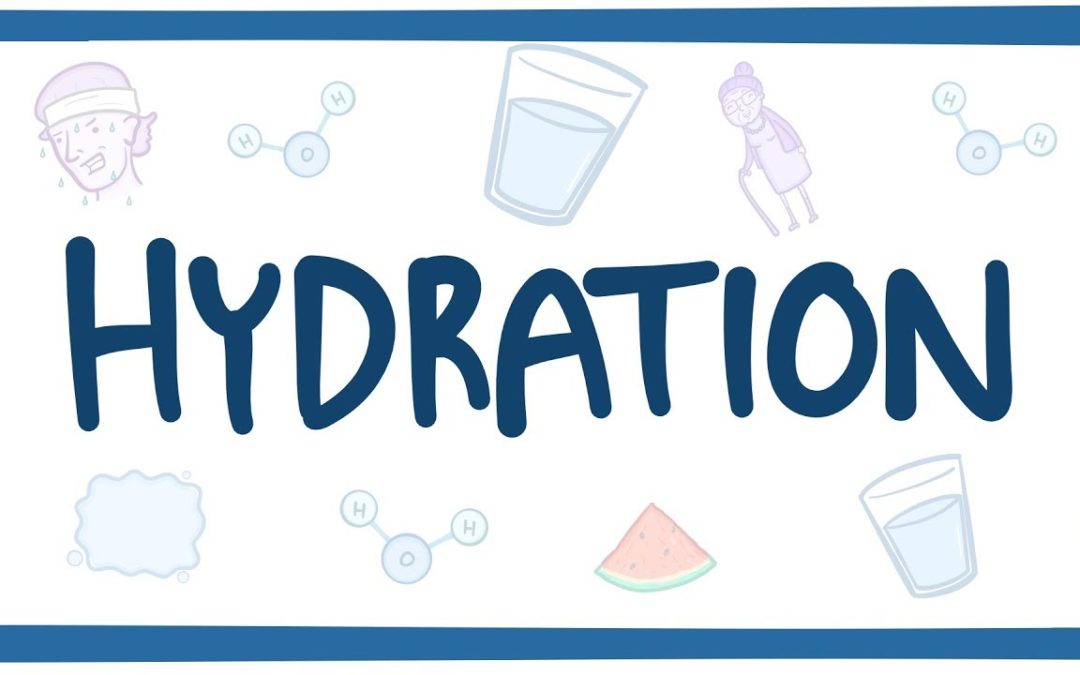Water is our body’s vital fuel, a health drink from Mother Nature. It is calorie-free, inexpensive and available everywhere. Yet few people follow the old fashioned advice to drink eight glasses of water a day.
Most people drink when they are thirsty, but the drink of choice tends to be some sweet or fizzy drink rather than water.
Recent research shows that 89% of UK adults are not drinking nearly enough water to maintain healthy hydration levels.
Women are generally more hydrated than men, with 20% of men drinking no water at all during the day compared with 13% of women. Age is also a significant factor in hydration levels, with a staggering quarter (25%) of those over 55 stating they drink no water during the day; this compares with just 7% of people aged 25-34.
Water makes up about 66% of the human body (and 73% of the brain) so it makes sense to stay hydrated…!
Many experts agree that drinking plenty of plain water makes good sense because water eases digestion and regulates body temperature.
So who should drink water? We all should, but pregnant women, nursing mothers and athletes should be especially careful to drink a sufficient amount. When it is hot or humid, upping water intake is also wise.
As cyclists drinking fluids, particularly, water, during exercise reduces cardiovascular stress and improves performance. After a strenuous workout, you have to replace the fluids you have lost. Otherwise, you will suffer chronic dehydration. Drink water before, during and after exercising, and remember that water reduces body temperature thus making the whole exercise process safer.
How much should we drink? It is generally recommended to drink eight small glasses, or about 2 litres of water a day. But how much do you need when exercising? Proper hydration strategy can have a big impact on your performance.
Surprisingly, plain water is not always the best way to hydrate when exercising. The ideal hydration drink should contain 2 – 4 % of glucose to enhance fluid uptake, and sodium to help the water flow from the intestines into the blood.
For most people, thirst tells you that you need to drink. It is a very reliable warning signal; however, it generally means you are already moving into the Hydration danger zone.
Thirst begins when the concentration of blood, an accurate indicator of our state of hydration, has risen by around 2%. Dehydration begins at about a 5% increase, so thirst signals a good time to drink and it comes soon enough to avoid any problems.
There are three types of sports drinks that differ in sugar content.
Hypotonic drinks – These have a lower concentration of sugars (1 – 4%) than blood, which allows for very fast absorption. They are best used before or during long endurance events where hydration is the top priority.
Isotonic drinks – These have a similar concentration of sugars (6 – 8 %) as blood. They are the most universal when it comes to usage and why most regular sports drinks use this formula. They give you a moderate amount of carbs and are absorbed relatively fast too, but can cause digestive issues in higher intensities.
Hypertonic drinks – These have a higher concentration of sugars (10 % +) than blood. They digest slowly so they are no good for consumption on the bike, as they would cause digestive issues. They are best used for recovery.
The Golden Rule for drinking while out on your bike is, little and often and start before you are thirsty.

